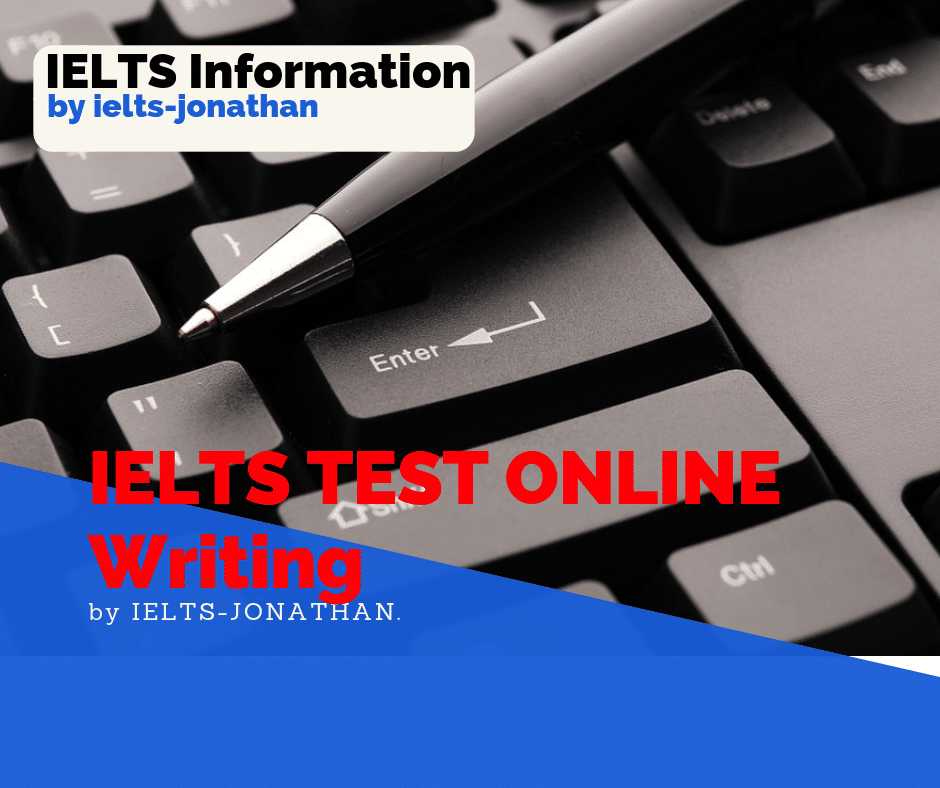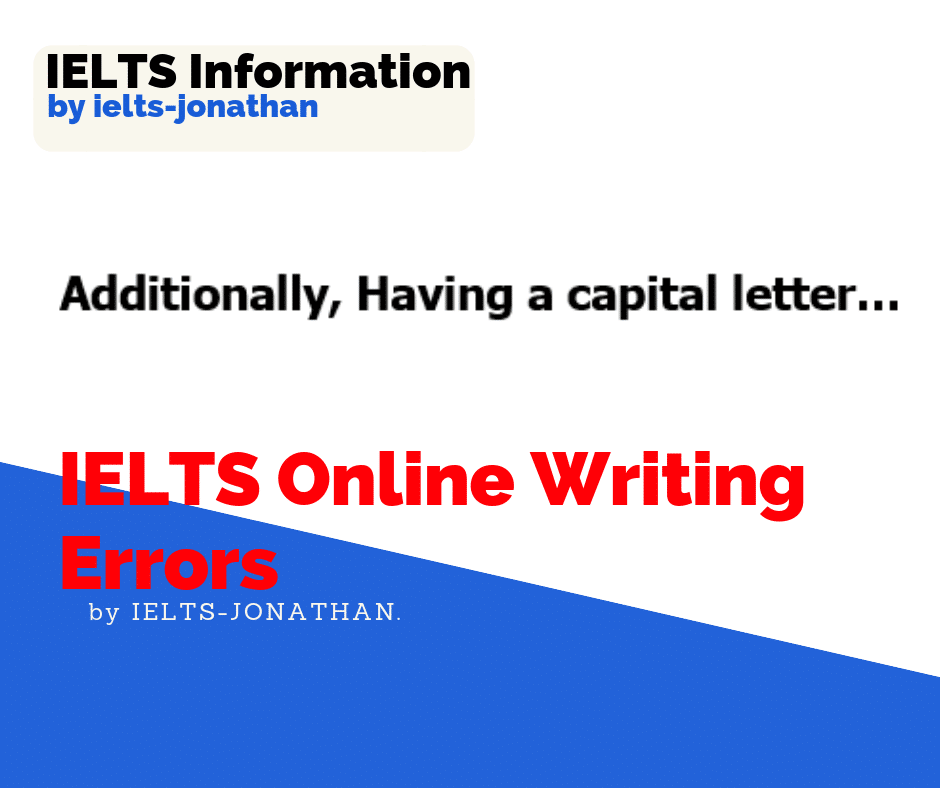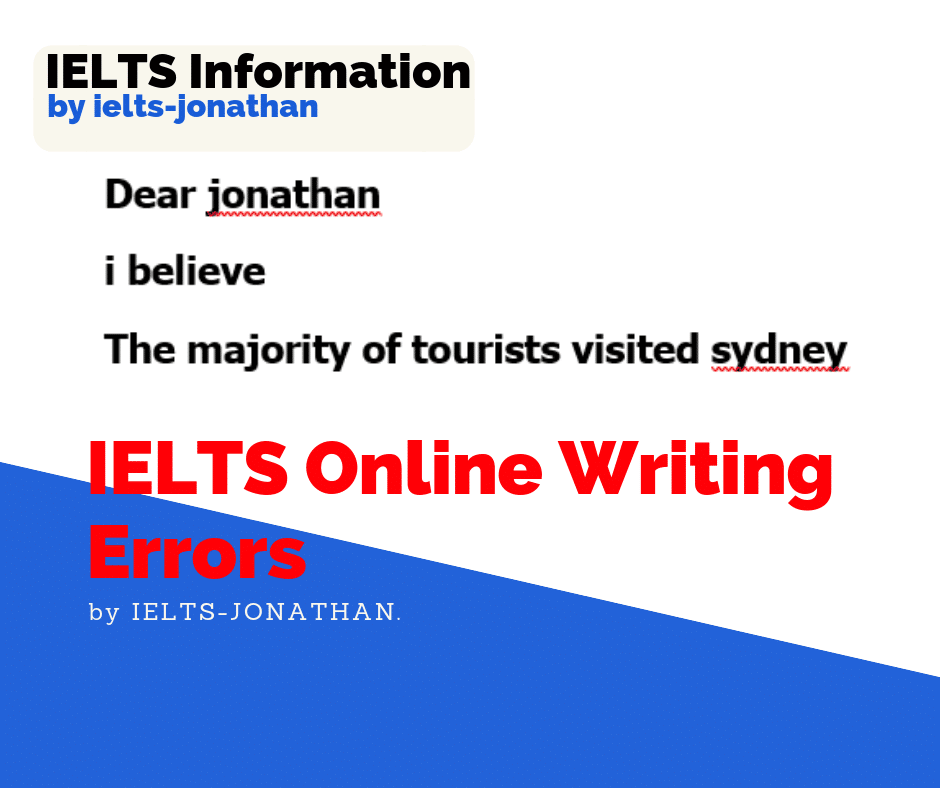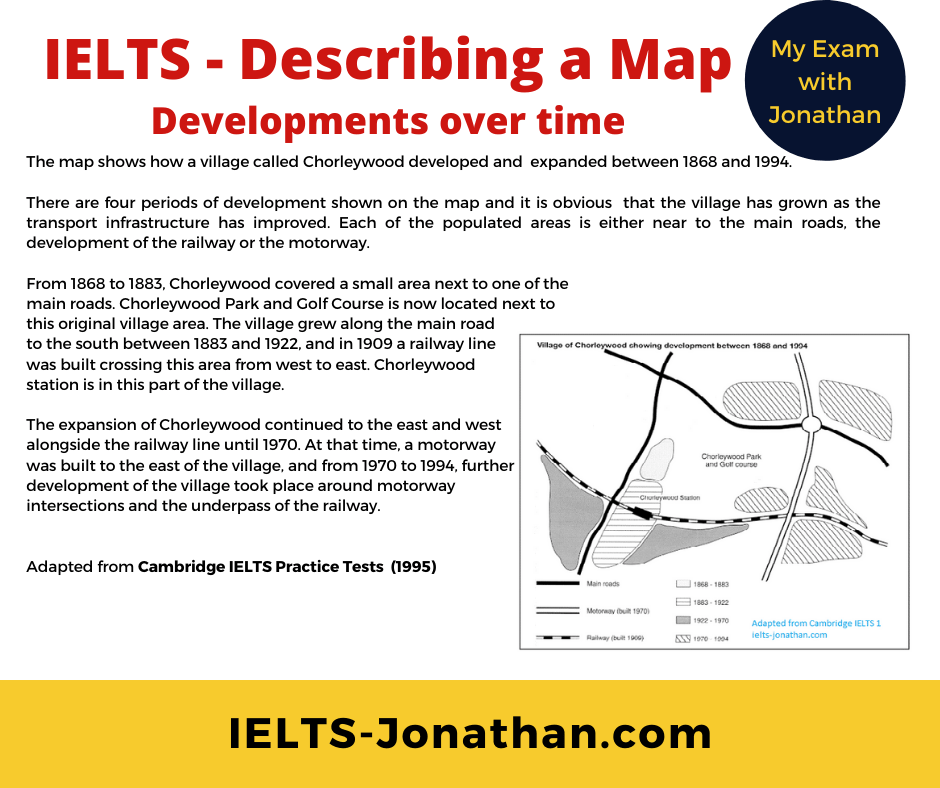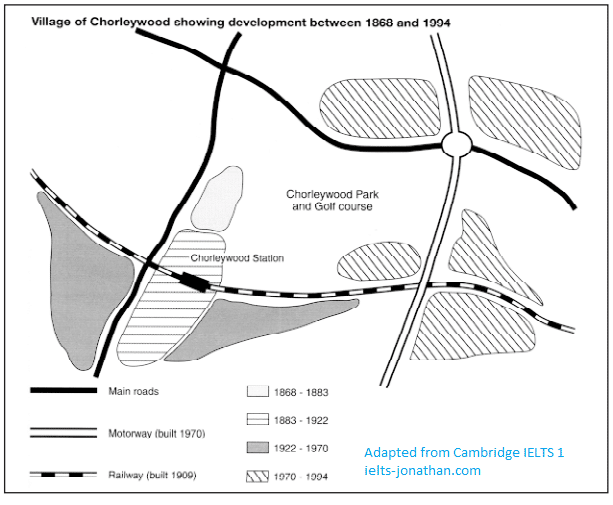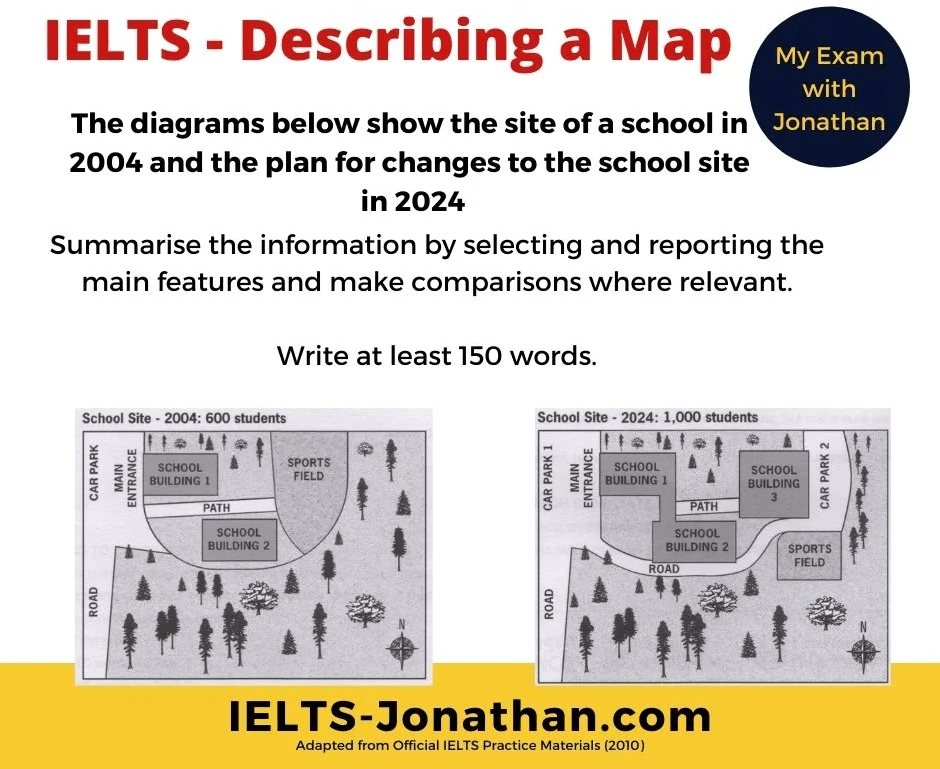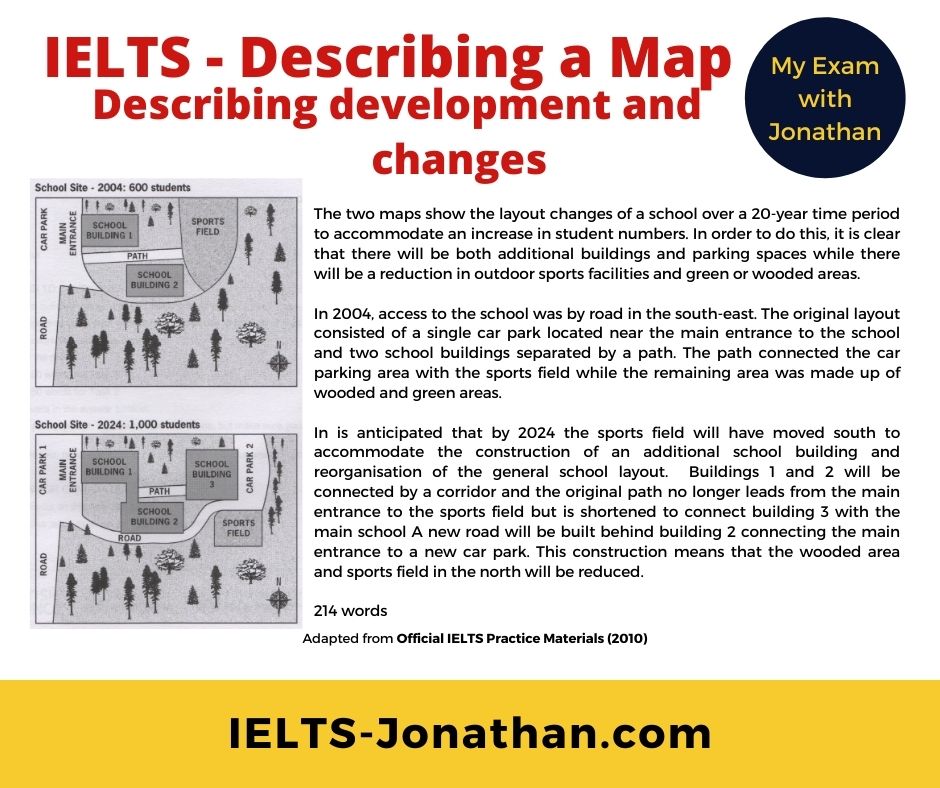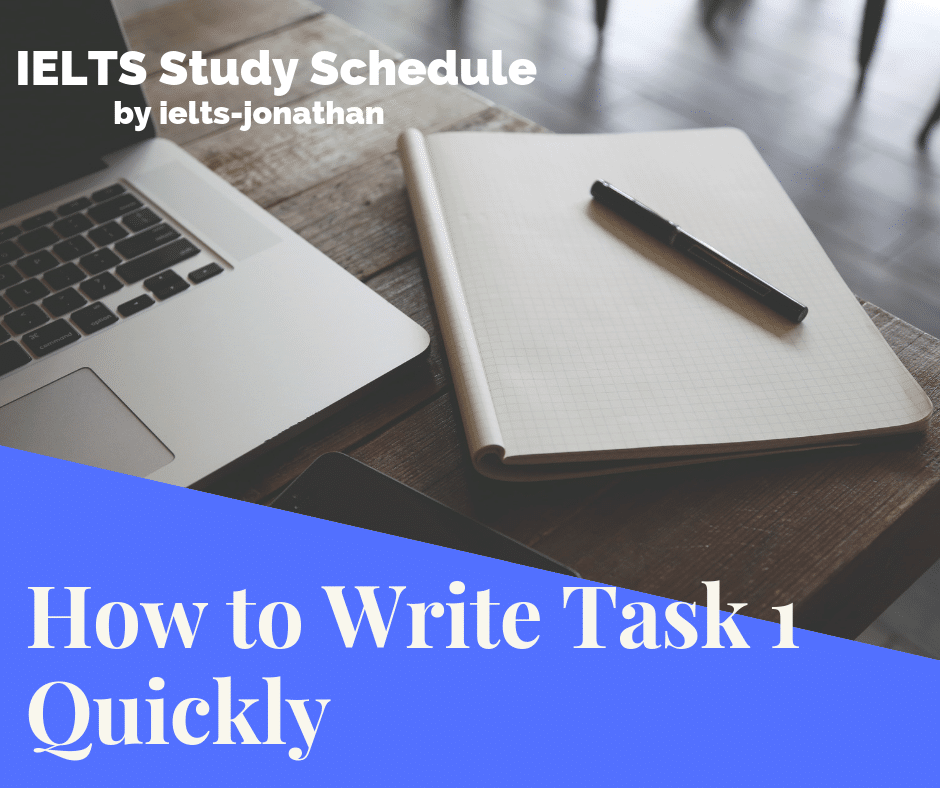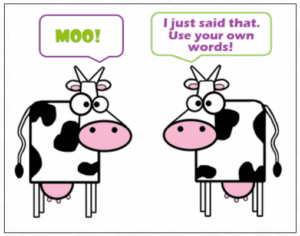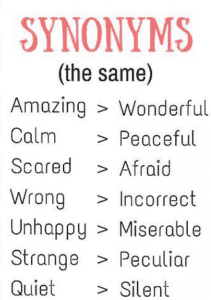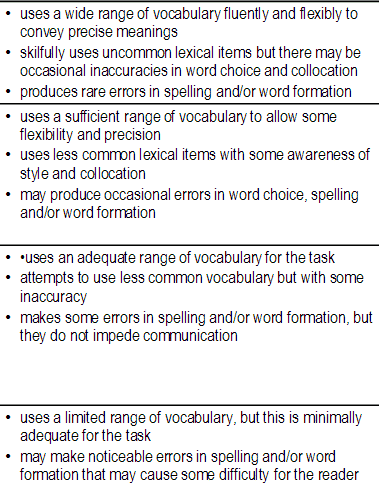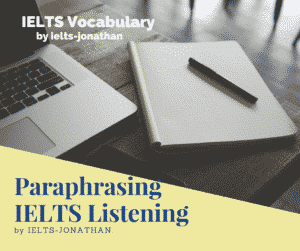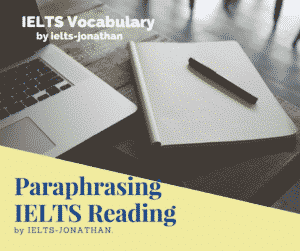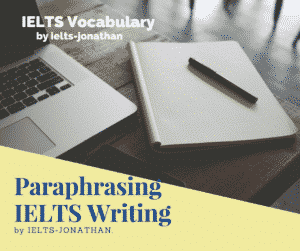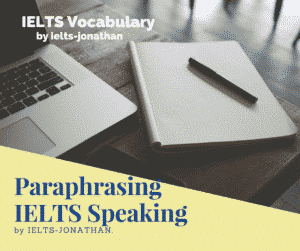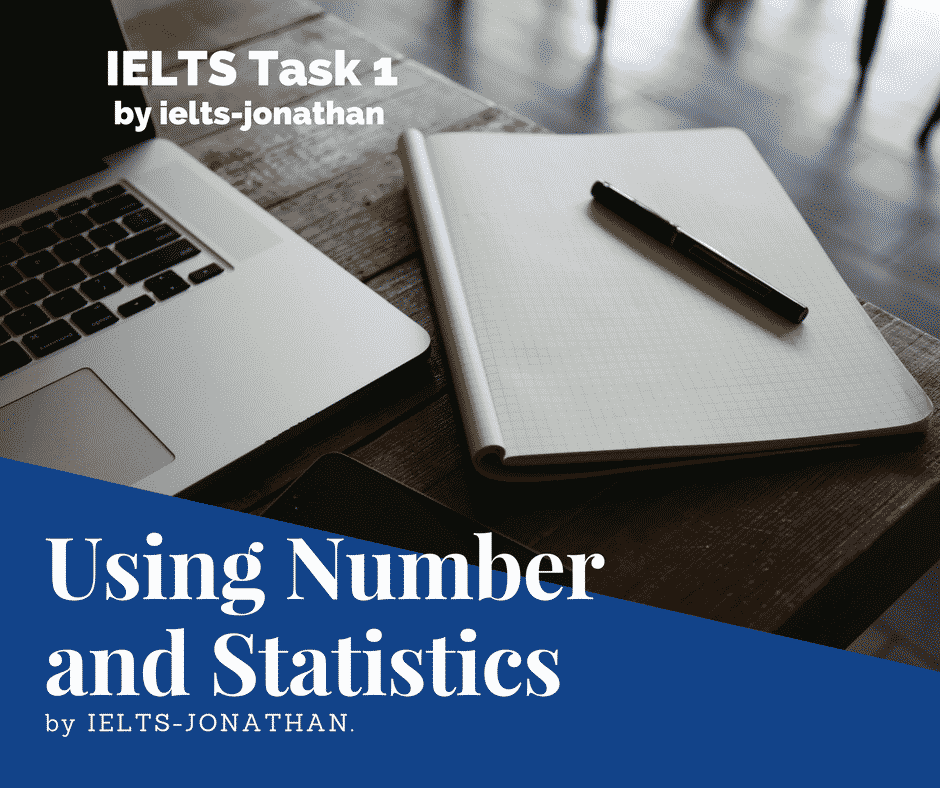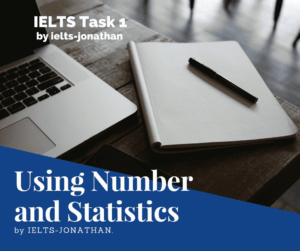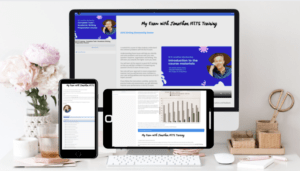New IELTS Computer Based Test
I’ve recently been asked a number of questions about the IELTS Computer Based Test, first introduced in 2019.
As this is a recent development in the test format, I’ve noticed a common theme in misconceptions related to the content, format, difficulty and advantages of this test.
Which is best – IELTS on a computer or IELTS on paper ?
While the differences between the IELTS computer-based test and the traditional paper test are the methods in which it is delivered, it is quite possible that the different tests are suitable for different types of candidates.
This post is going to show you aspects of how the Computer Based Writing Section might be better for particular kinds of students.
By looking at the advantages and disadvantages of the computer-based test, you can make an educated decision on which is best for you.
IELTS Computer-Based Test: Writing
It is quicker and more convenient to use keyboard than write by hand.
This is one of the most obvious benefits of the computer-based test.
Very few of us write anything daily by hand, and many may struggle to write quickly and clearly with a pen and paper.
While legibility is never assessed in IELTS, a main concern for most students is timing, and an extra couple of minutes spare, saved by using a keyboard, can make a huge difference.
This means
- More time can be spent brainstorming and planning.
- More time can be spent checking for spelling and grammar errors.
- If you are a fast-typer, you will gain time using a keyboard.
Writing can be edited easily.
This is the greatest attraction of the computer-based test.
Even professional writers do not write in a Linear way. With a computer, the candidate can make alterations, quickly and easily and structure changes to their writing.
It allows you to write like the professionals do, deleting and adding words or sentences, until you are satisfied with the results.
This process mimics how we might write an essay at university, bit by bit.
It has the advantage over the paper-based module where we probably know what we need to say to finish the sentence, but may end up crossing out words or sentences we didn’t need.
For this reason, above all others, I feel that the computer-based test is better for 99% of students and the way to go.
However, the other big plus is that ……..
Work can be reviewed effectively.
The same as it is faster to type on a computer, it is easier to review and revise what you have written.
As the text you have written is on one screen, and in a uniform font of one size, this makes reviewing your ideas faster and finding errors that examiners MARK DOWN easier.
Compare this to handwriting spread over one or two pages.
On paper, it’s much easier to allow punctuation and costly subject/verb agreement errors to go unnoticed and the repetition of ideas or words is more likely to.
One more plus. It isn’t necessary to count your words as you write.
The computer-based test has an automatic word count. Therefore, no time is wasted counting or monitoring the number of words in each task.
Of course, it is still important to write essays that are extended and having the word count as you write makes a big difference!
However, there are still some noticeable drawbacks to be considered.
What is your typing speed?
If you are unable to touch type this isn’t for you.
Nowadays, we assume that the majority of people can type because that’s the medium the majority of us are used to in our daily lives, whether it’s a using mobile device, an i-pad or laptop.
However, if your keyboard skills are slow, or inaccurate, then the paper-based test is the preferred choice.
The IELTS computer-based exam has no spell checker.
Of course, you’re not able to use dictionary in the paper-based test so it might not seem an obvious problem that you don’t have a spell checker in the computer test.
But unless, you’re an experienced typist, it’s almost guaranteed that when you’re typing quickly, your writing will be much more inaccurate, even if you feel that you’re a good speller.
This requires careful proofreading near the end of the test because spelling can affect the language Accuracy Band Criteria.
A good way to test your spelling while typing is to write an essay with your spell check off.
If, when you switch the spell check on – numerous words are underlined, then you need to practise this skill much more and the paper based test is the preferable choice.
Punctuation and formatting issues.
In the past, when students have used my IELTS Correction service, I witnessed many unusual typing errors in the work submitted electronically.
Pic
Even in the public descriptors, it is clear how punctuation that is faulty and affects the message is penalised
The three most common mistakes I have seen in the past are:
– Leaving a space after a comma , or full stop .
– Additional, Having a capital letter after a transition signal.
as well as forgetting to capitalise nouns that require it
as in
General Considerations Between the IELTS Computer-Based Test and the Paper Test
- the IELTS computer-based test might be more expensive in your area, for example. in London, it’s around £30 more expensive to sit the computer-based.
- the IELTS computer-based test might not yet be available in your region
- the IELTS computer-based test is more frequently held in some test-centres than the paper test (useful if you have a visa deadline or are applying for PLAB)
- the results of the IELTS computer-based test appear much more quickly (3 – 5 days as opposed to 13 days for the paper-based exam).
So, there we go!
An honest comparison of the IELTS Computer and paper Based test for Writing.
Which is right for you? Computer or Paper?
I’m Jonathan I’ve taught IELTS and University English in more than a dozen universities and schools around the world. I’m a parent, traveller and passionate about language teaching and helping students achieve their dreams. Whilst living in Austria or working in Asia, I run IELTS courses to help students get to where they want to be. If you are serious about IELTS, connect with me to see how I can help you.
